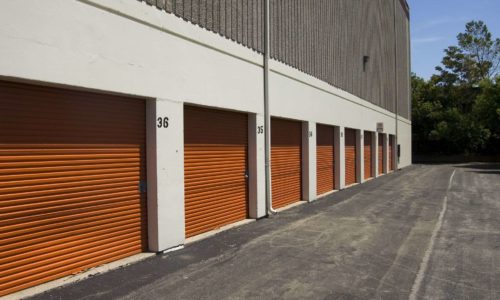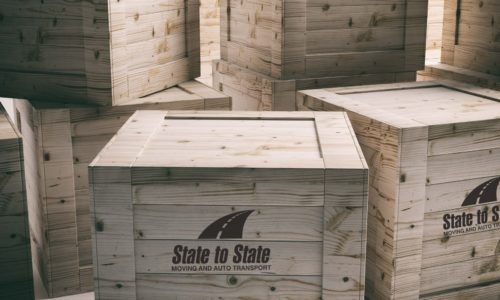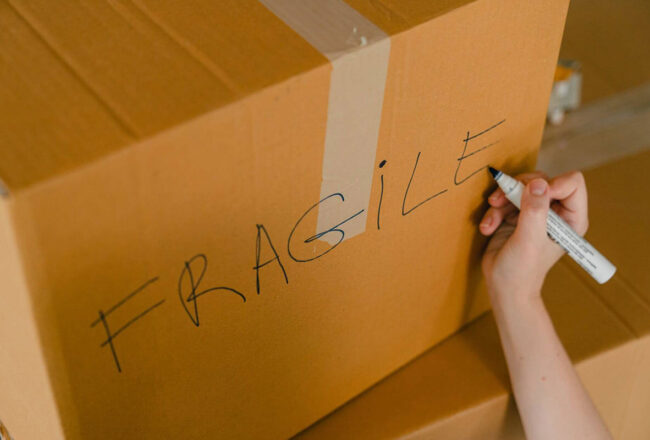If you’re relocating from one state to another, know that there’s a lot to do in order to make sure that the transition goes smoothly. One of the most important things on your to-do list is to create a packing schedule for moving from state to state. This can seem like something you don’t need right now, but if you break it down into manageable steps, you’ll be surprised at how quickly it comes together.
Relocating is everything but easy. There are numerous things to take care of, from booking professional moving services to figuring out how to organize the entire process in the best possible way. However, when you start on time planning and with the right schedule for your packing, there is nothing to be worried about. Also, remember that a reliable relocation company will offer you efficient packing services that could be a game changer and give you much-needed support.
The Packing Schedule for Moving Starts Five to Seven Weeks Before the Big Day
You’ve finally decided to move to a new city and have a fresh start. That’s amazing news, but this also means you have to plan the entire relocation as possible. Of course, if you want to avoid all the negative feelings, like anxiety about moving out or even dealing with adjustment insomnia, it’s best to get started right away. In fact, the sooner, the better! Start preparations at least five to seven weeks before the big day and avoid last-minute relocation if possible.
Now that you have the initial timeline let’s check what will keep you organized during the relocation. Surely, nothing will do the job better than a relocation checklist. This means you’ll have to create a binder and inventory list. Both of them are important parts of organizing the packing process.
By creating a binder, you can keep all your important papers and documents in one place. This will help you stay organized and prevent you from losing any important information. An inventory list is also important because it will help you keep track of all of your belongings. This way, you will know exactly what to look for if anything goes missing.
Gather Various Moving Supplies
Most individuals believe that packing boxes are where relocation preparations start and end. That’s not fully how it works, though. Packing supplies include bubble wrap, furniture pads, high-quality tape, and many other things. Although purchasing supplies might seem needless, keep in mind these supplies will be used to safeguard your priceless possessions and ensure all of them arrive safely at the new destination.
Also, it will give you peace of mind and provide you with a stress-free relocation. But we all know how the costs of interstate moving can be pretty high, so you might wonder where to find free boxes and other needed materials. The good news is that you can check with your family and friends who have moved recently or simply visit the Craigslist website.
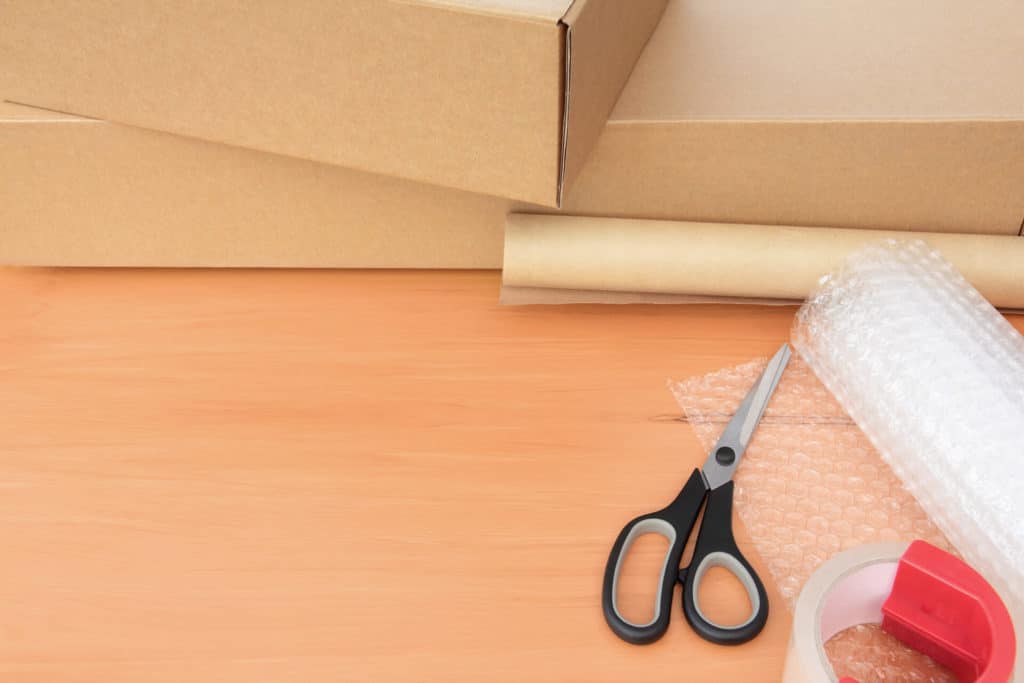
You Should Downsize Four to Six Weeks Before the Moving Day
One of the best ways to start downsizing is by decluttering your home. Go through each room of your house and determine what items you no longer need or use. In fact, if you’re relocating to a new state, it’s important to declutter your belongings before you start packing.
This will help you save time and money on your move and make the process much easier overall. The fewer things you have to deal with, the more energy you’ll have for other equally important tasks, such as preparing your car for the move.
Organize a Garage Sale and Earn Some Money
As the relocation approaches, you need to seriously consider what you want to bring with you and what to leave behind. Don’t be surprised if you have a much larger pile of things you won’t need, especially if you are relocating to a smaller home. So, the main question is what to do with all that stuff. Why not have a garage sale? Not only will you get rid of things you don’t need, but you’ll also earn some extra money that can be put into your relocation budget.
Donate a Few Belongings
When you move to a new state, you may not have enough space for all of your belongings. To avoid having to deal with storage fees, consider donating a few of your things to charity. Not only will you declutter your home, but you’ll also be making a difference in your community. So, start contacting local charity organizations, or go online on some of the following sites:
Dispose of Hazardous Materials
Before you move, be sure to dispose of any hazardous materials you may have in your home. This includes things like paint thinners, cleaning supplies, and motor oil. Many cities have special hazardous waste disposal facilities where you can take these items. Besides this, consider that professional state-to-state movers won’t move some items. In that case, the best thing you can do is to protect those items and give them away adequately. Open ones can be given to your family and friends, while unopened ones can be donated.
Check the following video for some tips on how to protect liquids from leaking. You surely don’t want them to ruin the rest of your belongings.
Start Packing Items You Don’t Use That Often Three Weeks Before the Move
After everything is organized, start by packing up items you don’t use on a daily basis. This should be done about three weeks before the move. That way, you won’t have to hurry and even panic about not completing everything on time. Since you have already decided what to keep, you already know you’re dealing only with stuff you really need.
However, since you won’t move in a few days, your place still needs to function as it did before. But this doesn’t mean you can’t start wrapping some of the things, right? Here are some things that you can start boxing up:
- Fine china,
- Out-of-season clothes,
- Holiday decor,
- Extra bedding.
When that is settled, ensure you have a list of commonly forgotten things to pack and arrange all the boxes in a stack. That way, you can ensure nothing you want to move is forgotten. In case you want to double-check, you’ll have labeled boxes rightly stacked so you can see what’s inside them and where they will be unpacked after the move.

Pack the Rest Two Weeks Before the Move
Two weeks before moving interstate, you can take care of your kitchenware and slowly gather important documents in one place to ensure they won’t be forgotten. Start by going through each room in your home once more and take care of the following items:
- Get the cookware packed – Set aside a plate, a glass, and a piece of silverware for each member of the family, along with any tools you’ll need for cooking, such as a skillet or a pot and utensils.
- Decide which items you’ll transport on your own – it may be better for jewelry, vital documents, clothing, toiletries, and pet supplies to go with you than in a moving truck.
- Pack “Open Me First” boxes – things such as beloved children’s toys, equipment for setting up your new home, paper towels, toilet paper, disposable dinnerware, and one pair of bedding will probably be the most needed items after the move.
A couple of weeks should be enough to prepare these items and carefully pack them into boxes.
Don’t Forget to Prepare the Bag of Essentials
No matter how organized you are, there is always a chance that not everything will go according to plan. You don’t want to find out that a crucial component is missing when long-distance moving. That’s why you should have a relocation essentials checklist as a crucial part of your moving day preparations. Keep everything on such a list with you the entire trip or in a box that is simple to locate because you will need it all as soon as you move into your new house.
The paperwork for your new house and essential personal documents should also be on the list. Keep your keys and important papers on you at all times. Chargers for all electronic gadgets and a few batteries are also useful to have on hand. You wouldn’t want to go even one night without your beloved technology, wouldn’t you?
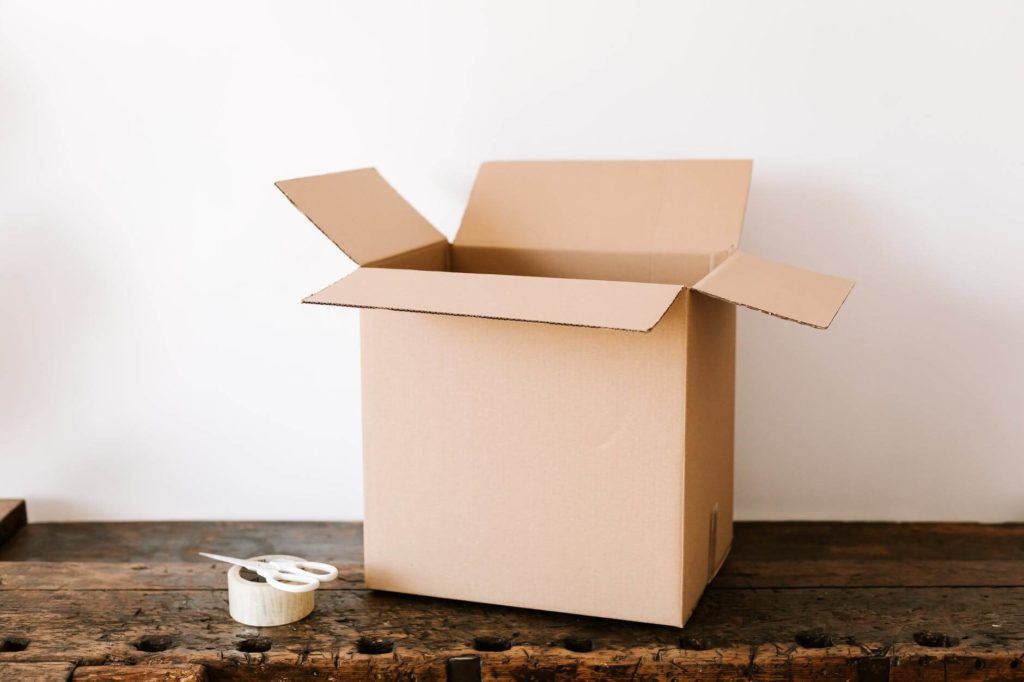
Finish Packing a Week Before the Moving Day
The clock will be running down one week before the big day faster than you thought, but it won’t stop you from relocating efficiently, right? At this point in your relocation preparations, put anything that won’t be used within the following few days into boxes:
- Electronics – Bring all of your home’s electronic devices, excluding your and your family’s phones. After all, they can be utilized for everything, including Internet browsing, TV watching, music listening, gaming, and more.
- Pack all of your other clothing – make sure that all members of your family have enough outfits to survive the upcoming days (but don’t forget to put out a few suitable outfits for the relocation day.
- Pack all of your medications – save the daily prescription medications you use and your first aid kit (which you should bring with you).
Ensure that all of your boxes are sealed shut and labeled before performing one last inspection.
On the Moving Day, Box up the Rest of the Stuff, and You Are Good to Go
Pack up all the remaining items in your home, including furniture (disassemble what you can), electronics, and anything else that you haven’t yet packed. Again, be sure to label each box with its contents and the room it should go in at your new home. Yes, the relocation day can be quite stressful, but when you have everything done properly, it can even be somewhat enjoyable.
Use this packing schedule as your guide to make sure that everything gets done on time and that your move is as stress-free as possible. With a little bit of planning (and a lot of packing), you’ll be settled into your new home before you know it!





